Inorganic salts
Silicide and silicates
Colloidal precious metals
Metal Sulphides and sulphates
Metal halide and Halogen salt
Metal nitrates and nitrites
Metal salts
Hydrazine and hydroxylamine salts
Phosphide And metal phosphates
Manganese oxides and peroxides
Borides, borates and borate
Hydrides, nitrides, azides
Cyanide, hydroxide and hydrogen complexes
Strontium or barium oxides and peroxides
Carbides and carbonates
Rare Earth Metals Oxides
Inorganic ammonium salts
Chalcogenide
Inorganic salt is an essential nutrition for human and animal. They are mostly in the combination form when in food, and often dissociated into inorganic salt ions in the body fluid. There are also a small amount of inorganic salts in the body fluid combined with protein, especially trace elements. According to their difference in electrical charge, inorganic salts can be divided into cations and anions. Na +, K +, Ca2 +, Mg2 +, Cl-, HCO3-, HPO42- are the main inorganic salts due to their large content while Fe2 +, Fe3 +, Cu +, Cu2 +, Mn2 +, Mn4 +, CO2 +, Cr3 +, Cr6 +, Cd2 +, Zn2 +, Br - I- are called trace elements for their trace amounts in the body.
Click on the specific product, view the latest prices of the products, information, serving information
- Structure:
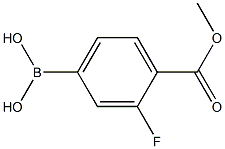
- Chemical Name:3-FLUORO-4-METHOXYCARBONYLPHENYLBORONIC ACID
- CAS:505083-04-5
- MF:C8H8BFO4
- Structure:
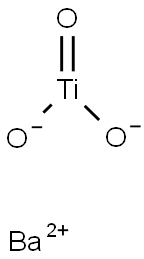
- Chemical Name:Barium titanate
- CAS:12047-27-7
- MF:BaO3Ti
- Structure:
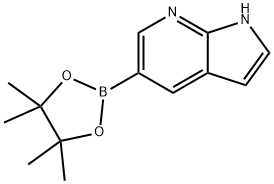
- Chemical Name:7-Azaindole-5-boronic acid pinacol ester
- CAS:754214-56-7
- MF:C13H17BN2O2
- Structure:

- Chemical Name:Lead chromate
- CAS:7758-97-6
- MF:CrO4Pb
- Structure:
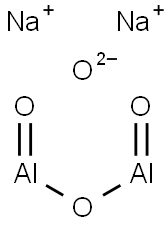
- Chemical Name:SODIUM ALUMINUM OXIDE
- CAS:1302-42-7
- MF:Al2Na2O4
- Structure:
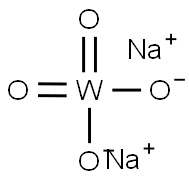
- Chemical Name:Sodium tungstate
- CAS:13472-45-2
- MF:Na2WO4
- Structure:

- Chemical Name:Strontium titanate
- CAS:12060-59-2
- MF:O3SrTi
- Structure:

- Chemical Name:SODIUM METABORATE TETRAHYDRATE
- CAS:10555-76-7
- MF:BH8NaO6
- Structure:
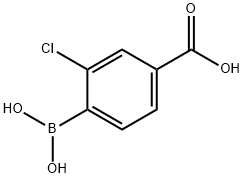
- Chemical Name:4-CARBOXY-2-CHLOROPHENYLBORONIC ACID
- CAS:851335-09-6
- MF:C7H6BClO4
- Structure:

- Chemical Name:Sodium metavanadate
- CAS:13718-26-8
- MF:NaO3V
- Structure:
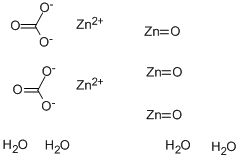
- Chemical Name:Zinc carbonate
- CAS:3486-35-9
- MF:CO3Zn
- Structure:

- Chemical Name:Lithium chloride
- CAS:7447-41-8
- MF:LiCl
- Structure:

- Chemical Name:Cadmium fluoride
- CAS:7790-79-6
- MF:CdF2
- Structure:

- Chemical Name:Magnesium bromide
- CAS:7789-48-2
- MF:Br2Mg
- Structure:

- Chemical Name:Rubidium fluoride
- CAS:13446-74-7
- MF:FRb
- Structure:

- Chemical Name:NICKEL AMMONIUM SULFATE
- CAS:15699-18-0
- MF:H8N2NiO8S2
- Structure:
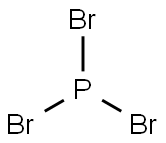
- Chemical Name:Phosphorus tribromide
- CAS:7789-60-8
- MF:Br3P
- Structure:

- Chemical Name:Cadmium nitrate
- CAS:10325-94-7
- MF:CdN2O6
- Structure:

- Chemical Name:AMMONIUM CHROMATE
- CAS:7788-98-9
- MF:CrH8N2O4
- Structure:
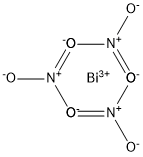
- Chemical Name:Bismuth nitrate oxide
- CAS:10361-46-3
- MF:BiNO4
- Structure:

- Chemical Name:CHLOROMETHYL THIOCYANATE
- CAS:3268-79-9
- MF:C2H2ClNS
- Structure:
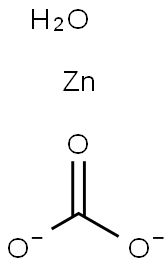
- Chemical Name:Zinc carbonate hydroxide
- CAS:12539-71-8
- MF:CH2O4Zn-2
- Structure:

- Chemical Name:LITHIUM METABORATE
- CAS:13453-69-5
- MF:BH2LiO2
- Structure:

- Chemical Name:Rubidium iodide
- CAS:7790-29-6
- MF:IRb
- Structure:

- Chemical Name:Palladium chloride
- CAS:7647-10-1
- MF:Cl2Pd
- Structure:
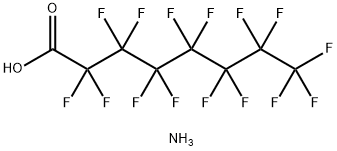
- Chemical Name:PERFLUOROOCTANOIC ACID AMMONIUM SALT
- CAS:3825-26-1
- MF:C8H4F15NO2
- Structure:
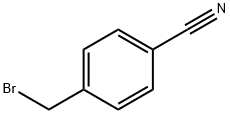
- Chemical Name:4-Cyanobenzyl bromide
- CAS:17201-43-3
- MF:C8H6BrN
- Structure:
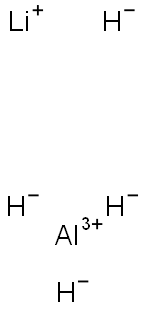
- Chemical Name:Lithium Aluminum Hydride
- CAS:16853-85-3
- MF:LiAlH4
- Structure:
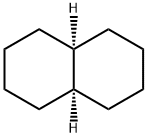
- Chemical Name:CIS-DECAHYDRONAPHTHALENE
- CAS:493-01-6
- MF:C10H18
- Structure:
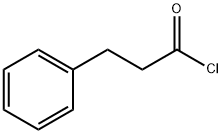
- Chemical Name:Hydrocinnamoyl chloride
- CAS:645-45-4
- MF:C9H9ClO
- Structure:

- Chemical Name:MANGANESE SULFATE MONOHYDRATE
- CAS:15244-36-7
- MF:H2MnO5S
- Structure:

- Chemical Name:MERCURIC BROMIDE
- CAS:7789-47-1
- MF:Br2Hg
- Structure:
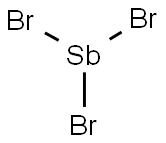
- Chemical Name:Antimony tribromide
- CAS:7789-61-9
- MF:Br3Sb
- Structure:
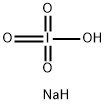
- Chemical Name:Sodium periodate
- CAS:7790-28-5
- MF:H2INaO4
- Structure:
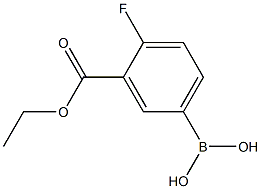
- Chemical Name:3-ETHOXYCARBONYL-4-FLUOROPHENYLBORONIC ACID
- CAS:874219-36-0
- MF:C9H10BFO4
- Structure:

- Chemical Name:Hydroxylamine hydrochloride
- CAS:5470-11-1
- MF:NH2OH·HCl
- Structure:

- Chemical Name:Ferrous sulfate monohydrate
- CAS:13463-43-9
- MF:FeH2O5S
- Structure:

- Chemical Name:Cupric chloride
- CAS:1344-67-8
- MF:Cl.Cu
- Structure:
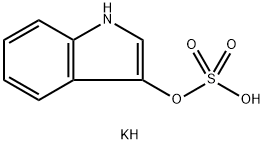
- Chemical Name:3-INDOXYL SULFATE POTASSIUM SALT
- CAS:2642-37-7
- MF:C8H8KNO4S
- Structure:
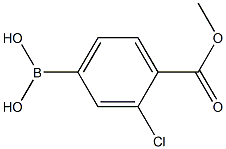
- Chemical Name:(3-CHLORO-4-METHOXYCARBONYL)BENZENEBORONIC ACID
- CAS:603122-82-3
- MF:C8H8BClO4
- Structure:

- Chemical Name:Potassium hexafluoraluminate
- CAS:13775-52-5
- MF:AlF6K3
- Structure:

- Chemical Name:LUTETIUM CHLORIDE HEXAHYDRATE
- CAS:15230-79-2
- MF:Cl3H2LuO
- Structure:

- Chemical Name:Sodium cyanoborohydride
- CAS:25895-60-7
- MF:CH3BNNa
- Structure:
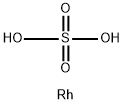
- Chemical Name:Rhodium(III) sulfate
- CAS:10489-46-0
- MF:H2O4RhS
- Structure:

- Chemical Name:Cadmium bromide
- CAS:7789-42-6
- MF:Br2Cd
- Structure:

- Chemical Name:Palladium bromide
- CAS:13444-94-5
- MF:Br2Pd
- Structure:

- Chemical Name:Platinum bromide
- CAS:13455-12-4
- MF:Br2Pt
- Structure:
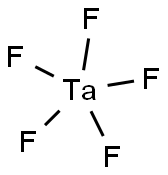
- Chemical Name:TANTALUM PENTAFLUORIDE
- CAS:7783-71-3
- MF:F5Ta
- Structure:
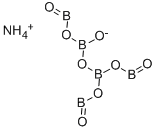
- Chemical Name:AMMONIUM PENTABORATE
- CAS:12007-89-5
- MF:B5H4NO8
- Structure:
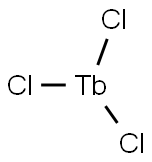
- Chemical Name:Terbium(III) chloride
- CAS:10042-88-3
- MF:Cl3Tb
- Structure:
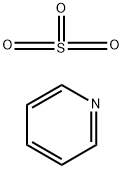
- Chemical Name:Pyridine sulfur trioxide
- CAS:26412-87-3
- MF:C5H5NO3S
- Structure:

- Chemical Name:Cupric bromide
- CAS:7789-45-9
- MF:Br2Cu
- Structure:
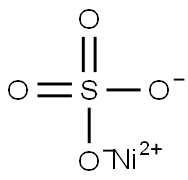
- Chemical Name:NICKEL SULFATE
- CAS:15244-37-8
- MF:NiO4S
- Structure:
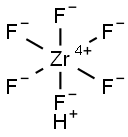
- Chemical Name:Hexafluorozirconic acid
- CAS:12021-95-3
- MF:F6HZr-
- Structure:
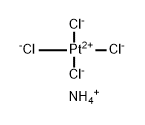
- Chemical Name:Platinum(II)-ammonium chloride
- CAS:13820-41-2
- MF:Cl4H4NPt-
- Structure:

- Chemical Name:ZINC FLUORIDE TETRAHYDRATE
- CAS:13986-18-0
- MF:F2H8O4Zn
- Structure:
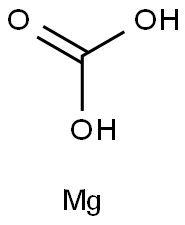
- Chemical Name:Magnesium carbonate
- CAS:13717-00-5
- MF:CH2O3.Mg
- Structure:
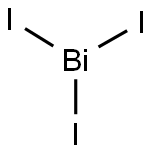
- Chemical Name:BISMUTH(III) IODIDE
- CAS:7787-64-6
- MF:BiI3
- Structure:
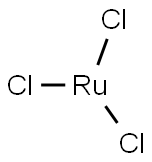
- Chemical Name:Ruthenium(III) chloride
- CAS:10049-08-8
- MF:RuCl3
- Structure:
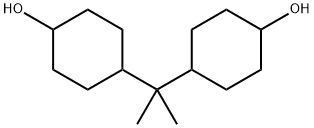
- Chemical Name:Hydrogenated bisphenol A (HBPA)
- CAS:80-04-6
- MF:C15H28O2
- Structure:

- Chemical Name:IRON(III) FLUORIDE TRIHYDRATE
- CAS:15469-38-2
- MF:F3FeH6O3
- Structure:

- Chemical Name:Hydrazine hydrate
- CAS:7803-57-8
- MF:H6N2O
- Structure:

- Chemical Name:Caesium fluoride
- CAS:13400-13-0
- MF:CsF
- Structure:
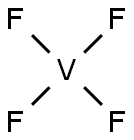
- Chemical Name:VANADIUM(IV) FLUORIDE
- CAS:10049-16-8
- MF:F4V
- Structure:
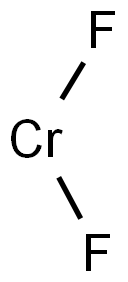
- Chemical Name:Chromium difluoride
- CAS:10049-10-2
- MF:CrF2
- Structure:
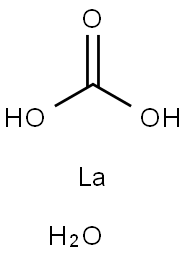
- Chemical Name:LANTHANUM CARBONATE
- CAS:54451-24-0
- MF:CH4LaO4
- Structure:

- Chemical Name:MERCURIC CYANIDE
- CAS:592-04-1
- MF:C2HgN2
- Structure:

- Chemical Name:Ferric nitrate
- CAS:10421-48-4
- MF:FeN3O9
- Structure:

- Chemical Name:Ammonium chloroplatinate
- CAS:16919-58-7
- MF:Cl6Pt.2H4N
- Structure:

- Chemical Name:Sodium borohydride
- CAS:16940-66-2
- MF:BH4Na
- Structure:
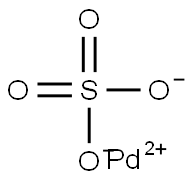
- Chemical Name:Palladium(II) sulfate
- CAS:13566-03-5
- MF:O4PdS
- Structure:

- Chemical Name:Titanium boride
- CAS:12045-63-5
- MF:B2Ti
- Structure:

- Chemical Name:MERCUROUS NITRATE, DIHYDRATE
- CAS:14836-60-3
- MF:H4HgNO5
- Structure:
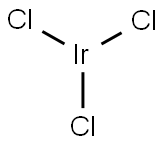
- Chemical Name:Iridium trichloride
- CAS:10025-83-9
- MF:Cl3Ir
- Structure:

- Chemical Name:TROPYLIUM TETRAFLUOROBORATE
- CAS:27081-10-3
- MF:C7H7BF4
- Structure:
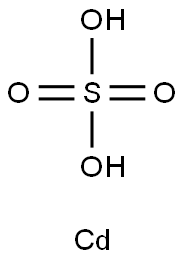
- Chemical Name:Cadmium sulfate
- CAS:10124-36-4
- MF:Cd.H2O4S
- Structure:

- Chemical Name:Boron tribromide
- CAS:10294-33-4
- MF:BBr3
- Structure:

- Chemical Name:Barium fluoride
- CAS:7787-32-8
- MF:BaF2
- Structure:

- Chemical Name:ALUMINUM FLUORIDE TRIHYDRATE
- CAS:15098-87-0
- MF:AlF3H6O3
- Structure:
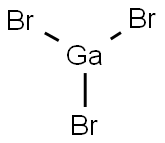
- Chemical Name:GALLIUM(III) BROMIDE
- CAS:13450-88-9
- MF:Br3Ga
- Structure:
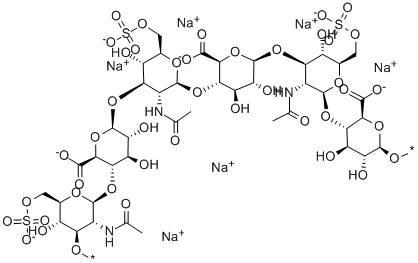
- Chemical Name:Chondroitin sulfate sodium salt
- CAS:9082-07-9
- MF:C42H57N3Na6O43S3X2
- Structure:

- Chemical Name:Neodymium(III) chloride hexahydrate
- CAS:13477-89-9
- MF:Cl3H12NdO6
- Structure:
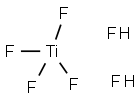
- Chemical Name:Hexafluorotitanic acid
- CAS:17439-11-1
- MF:F4Ti.2FH
- Structure:
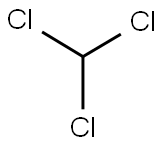
- Chemical Name:Praseodymium chloride
- CAS:10361-79-2
- MF:Cl3Pr
- Structure:

- Chemical Name:Rhodium(III) nitrate
- CAS:10139-58-9
- MF:HNO3Rh
- Structure:

- Chemical Name:Strontium fluoride
- CAS:7783-48-4
- MF:F2Sr
- Structure:

- Chemical Name:Scandium(III) chloride hexahydrate
- CAS:20662-14-0
- MF:Cl3H12O6Sc
- Structure:
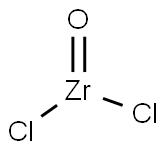
- Chemical Name:Zirconium oxychloride
- CAS:7699-43-6
- MF:Cl2OZr
- Structure:
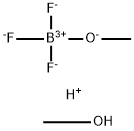
- Chemical Name:Boron trifluoride methanol complex
- CAS:2802-68-8
- MF:C2H8BF3O2
- Structure:
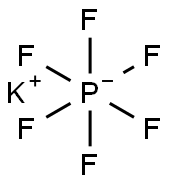
- Chemical Name:Potassium hexafluorophosphate
- CAS:17084-13-8
- MF:F6P.K
- Structure:

- Chemical Name:Nickel fluoride
- CAS:10028-18-9
- MF:F2Ni
- Structure:
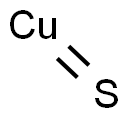
- Chemical Name:COPPER(II) SULFIDE
- CAS:1317-40-4
- MF:CuS
- Structure:
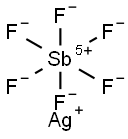
- Chemical Name:Silver hexafluoroantimonate
- CAS:26042-64-8
- MF:AgF6Sb
- Structure:
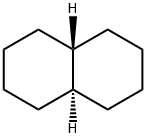
- Chemical Name:TRANS-DECAHYDRONAPHTHALENE
- CAS:493-02-7
- MF:C10H18
- Structure:

- Chemical Name:Ethyl Azidoacetate
- CAS:637-81-0
- MF:C4H7N3O2
- Structure:
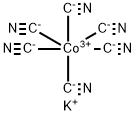
- Chemical Name:Potassium hexacyanocobaltate(III)
- CAS:13963-58-1
- MF:C6CoKN6(-2)
- Structure:

- Chemical Name:Sodium perborate monohydrate
- CAS:10332-33-9
- MF:BH4NaO4
- Structure:

- Chemical Name:LITHIUM CHLORIDE HYDRATE
- CAS:85144-11-2
- MF:ClH2LiO
- Structure:

- Chemical Name:Potassium borohydride
- CAS:13762-51-1
- MF:BH4K
- Structure:

- Chemical Name:NICKEL(II) BROMIDE TRIHYDRATE
- CAS:7789-49-3
- MF:Br2H2NiO